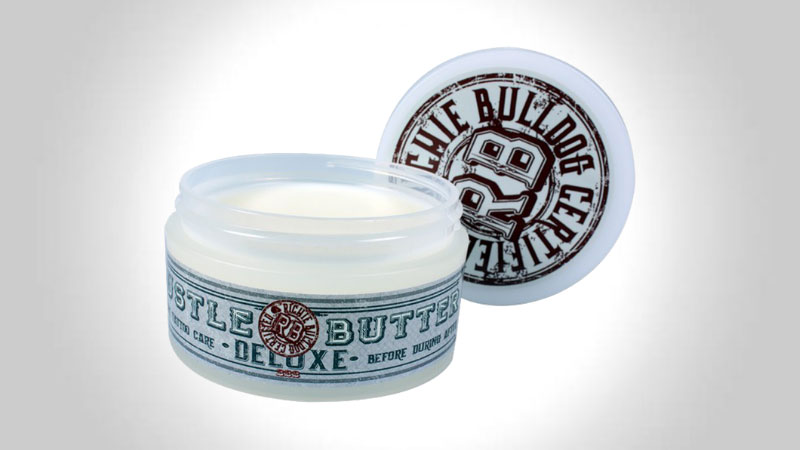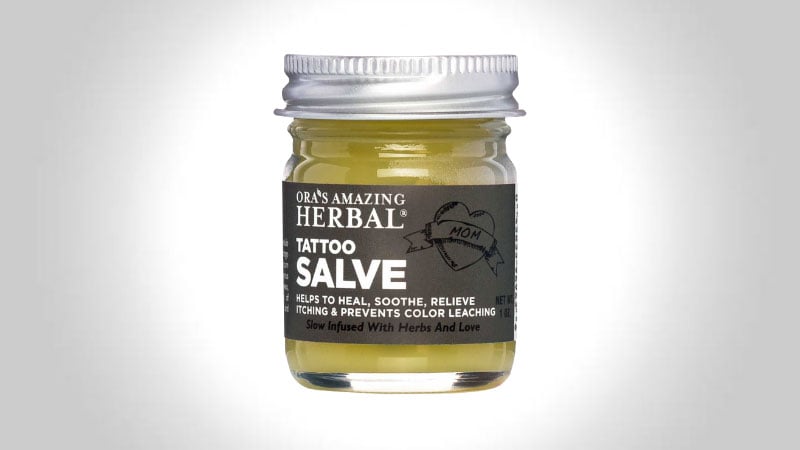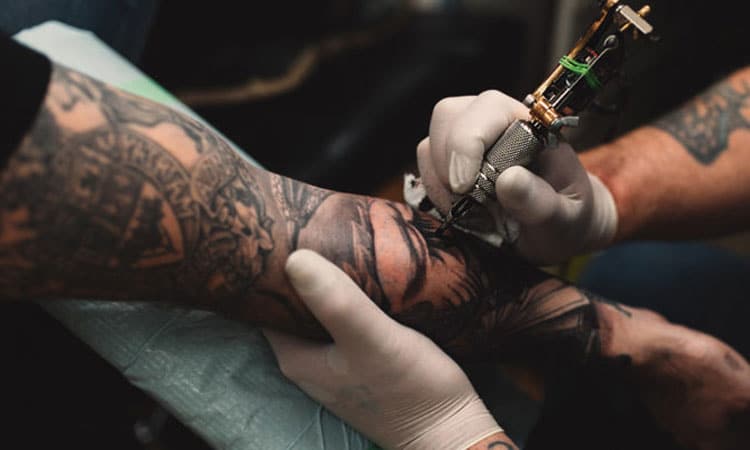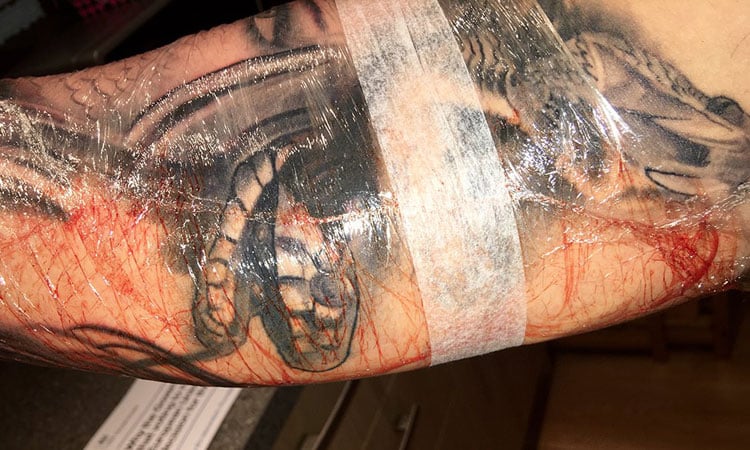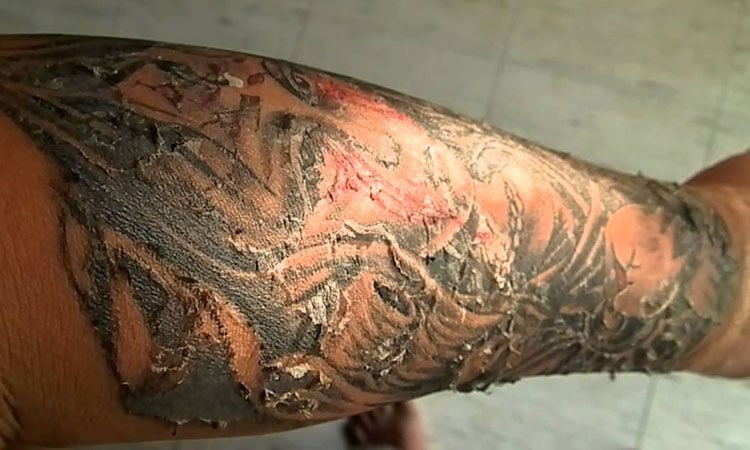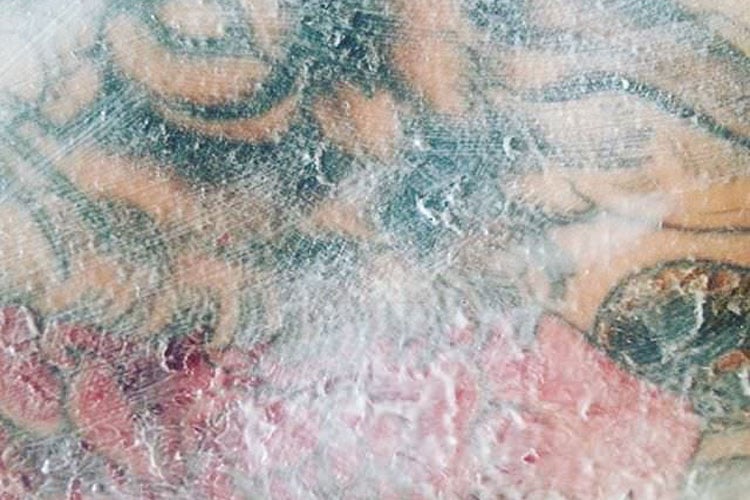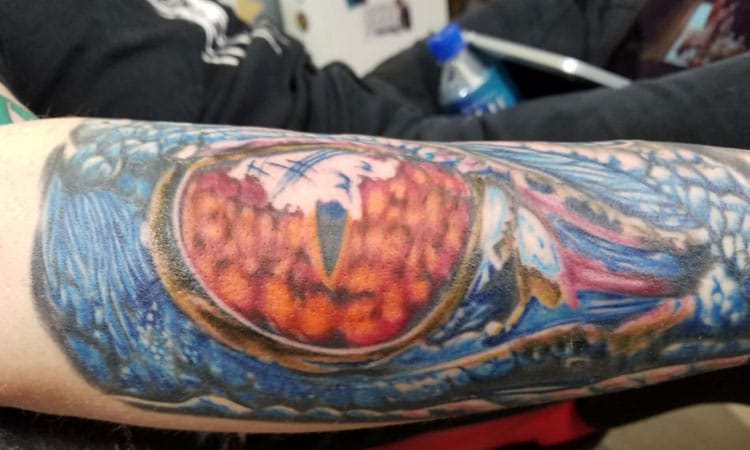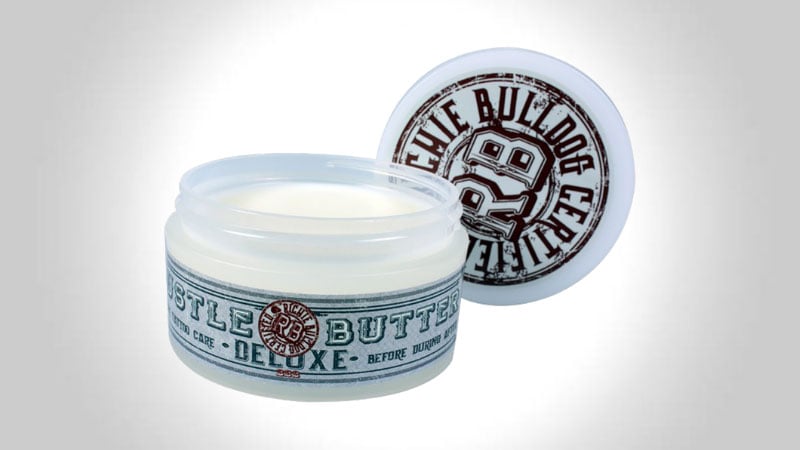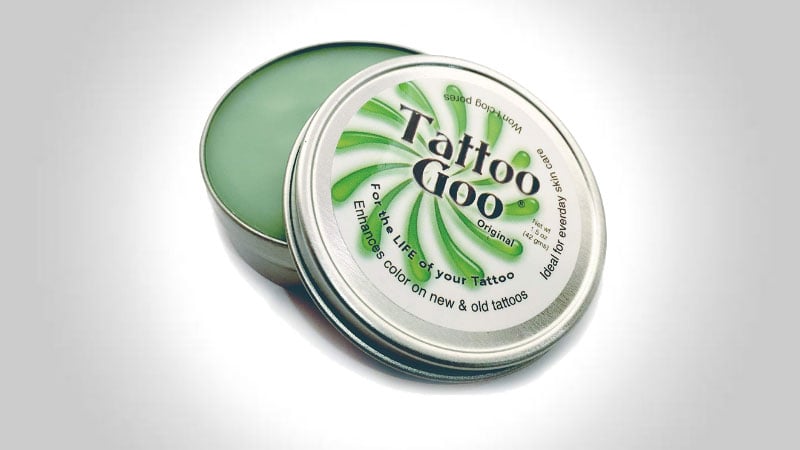Day By Day Aftercare
There is no greater hope in human life than survival. At the same time, it is important to live well. With that in mind, every content on the website is written so that a person can get all the information from here to start his life to make beautifully.
According to that, Tattoos Design is one of the topics. It is also a part of life. Read carefully Details of Tattoos Design related article
Day By Day Aftercare
Curious about the tattoo healing process? If you just got a new tattoo, it’s important to understand the different stages of tattoo healing as well as how long it takes for a tattoo to heal. Fortunately for you, the healing process essentially begins the moment you leave the shop, albeit it’s too slow for you to realize.
Over the next few days, you’ll start to experience different sensations, notice that the ink’s colors seem different, and eventually a crust starts forming along the lines. Some people even start to experience the dreaded itchy tattoo, and before you know it, your tattoo is peeling and close to full recovery. While not everyone’s healing timeline is the same, most people go through the stages at roughly the same time.
However, as part of any recuperating period, there are things that could go wrong. Remember, you’re walking around with an exposed wound and a bunch of chemicals imprinted into your skin, so don’t expect your tattoo to heal overnight. What happens during the healing process and the maintenance expected of you during these stages and going forward is essential. After all, tattoo aftercare is so critical to avoiding lethal infections.
With four different stages in the healing process, both men and women need to learn how to take care of a new tattoo. Below, we’ll discuss everything to do after getting a tattoo. From how long it takes tattoos to heal to before and after pictures of peeling to the best lotions for a new tattoo, here’s our complete guide to proper tattoo care!
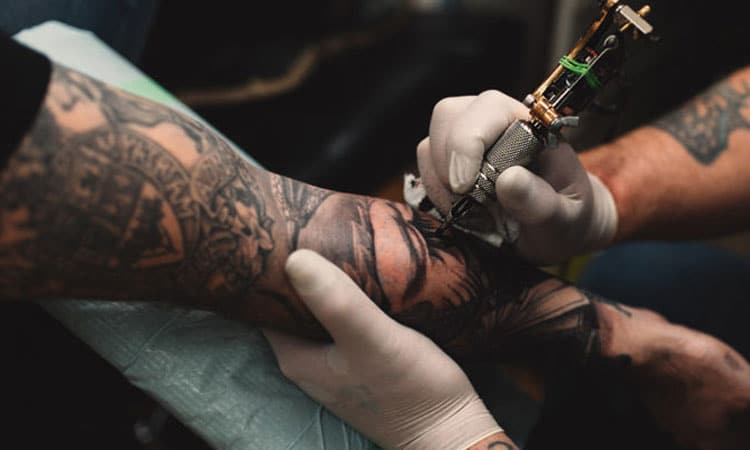
Tattoo Healing Stages
Here’s a brief overview of the different tattoo healing stages day by day. While most people can reference this timeline to gauge their tattoo’s healing time, some may experience a faster or slower recovery.
- Stage One (Week 1 and Days 1-6): You’ll experience swelling, redness and some oozing that gradually gets better after a few days. You’ll also start to see some slight scabbing.
- Stage Two (Week 2 and Days 7-14): Your tattoo will start to itch and flake, and this is essential to the healing process. This means dead skin is falling off and new skin is replacing it.
- Stage Three (Weeks 3 to 4 and Days 15-30): The tattoo will have fully healed but your design make look cloudy as the colors and design come into focus. As the deeper layers of skin repair themselves, you’ll need to maintain the area and keep your tattoo very clean.
- Stage Four (Days 31+): While the first three stages are the most crucial since you have an open wound, this stage is all about continued aftercare. To keep your skin and tattoo healthy, you’ll want to continue using high-quality lotions and moisturizers. When possible, avoid intense exposure to sunlight to avoid fading.
Now for an in-depth look at how a tattoo heals over time, when to expect peeling, why your tattoo will look cloudy for awhile, and everything you need to do to ensure your long-term health.
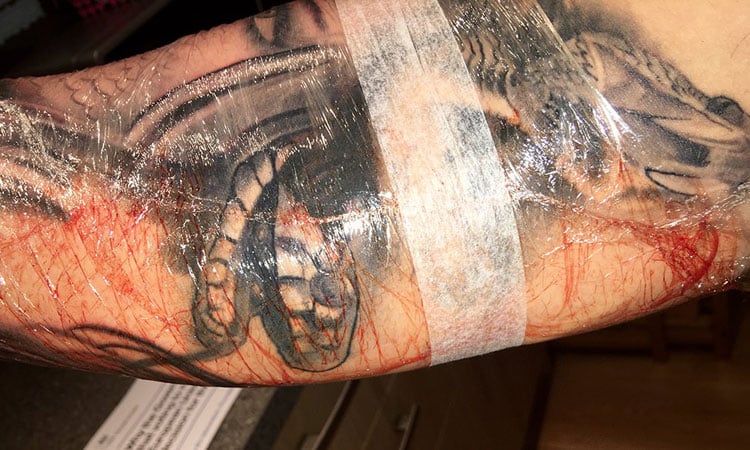
Stage One – First Week
The first stage usually takes one week and proper tattoo aftercare starts immediately. This stage may be longer for some people who heal slower or for those that don’t take good care of their new tattoo. During this time, the tattooed area will gradually decrease in swelling and redness.
Tattoo care on days 1 and 2 are crucial to starting the healing process. For starters, your artist may recommend keeping the bandage and wrapping on for between 2 hours and 24 hours. If you want to remove your wrapping after a few hours, when the oozing has slowed, you’ll need to be prepared to clean your tattoo immediately. However, we highly recommend you keep the bandage on for the first night to avoid rubbing the raw area against your sheets and potentially infecting and opening up any wounded areas.
Soon thereafter, the inner layers of the skin, as they regenerate, will begin to form a crust on top. This should happen after no longer than 3 to 4 days into the first week, and that’s when the dreaded itchy tattoo happens. We can’t stress this enough – let those flaky scabs fall away naturally. It is very bad for you to peel away the scabs yourself, and can result in a lot of pain and damaged skin as well as infection.
It is recommended during the first week that you moisturize as often as possible if you’re using natural tattoo aftercare products. If you’re using petroleum-based moisturizers, you shouldn’t do it more than three times per day. Instead, you might want to just avoid activities that could dehydrate you and cause the skin to dry up.
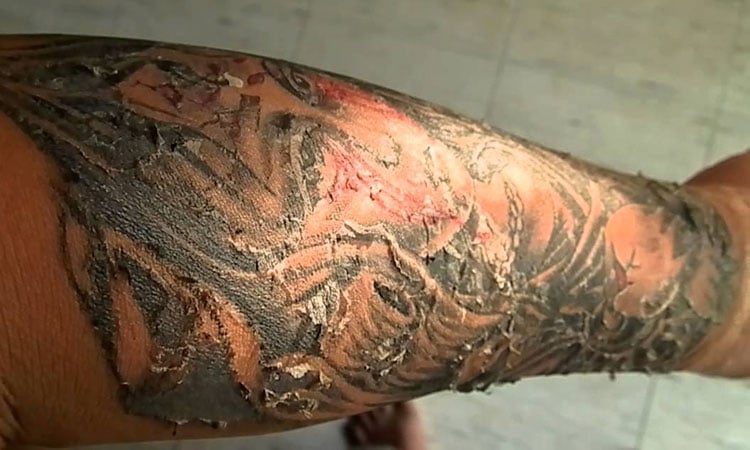
Stage Two – Second Week
After the first week, the swelling tends to go way completely. You will still feel sore when you touch your tattoo but that’s ok. The reason this happens is because only the skin around the tattoo is healing.
The scabs are still there. In fact, you’ll experience even more itching in the second stage of the tattoo healing process as more skin is speeding up its recovery. If you feel the need to scratch your itchy tattoo, we recommend you apply pressure instead. By pressing but not hitting, smacking or rubbing on the area, it can make you feel better.
However, if you just keep applying a quality moisturizer, you’ll be able to get through it. Some natural products may even help you alleviate some of the itchiness.
This is ultimately the best solution – to continuously clean the tattoo and use one of our recommended lotions or moisturizers below. These ointments and creams hydrate your skin with all natural ingredients, vitamins and oils, speed up the healing process, and relieve the itchy feeling.

Stage Three – Third and Fourth Weeks
The third stage usually takes two weeks, week three and four. During this two-week period, you begin to feel comfortable again. The itching is all but gone as almost all the remaining tiny scabs keep disappearing. Even during this time, you should still moisturize your tattoo a couple of times a day.
At this point, some people often get scared as the tattoo appears to lose its color. It may seem a bit faded or blurry if you look closely. That’s fine because the skin is creating a protective layer. It helps to keep sunlight from penetrating too deep and messing up your colors.
By the end of the fourth week your scar should be completely healed, assuming you’ve been taking good care of it, and the faded look will be gone. Although it may seem like this is over as the tattoo healing process is essentially complete, there’s one more stage that many overlook.
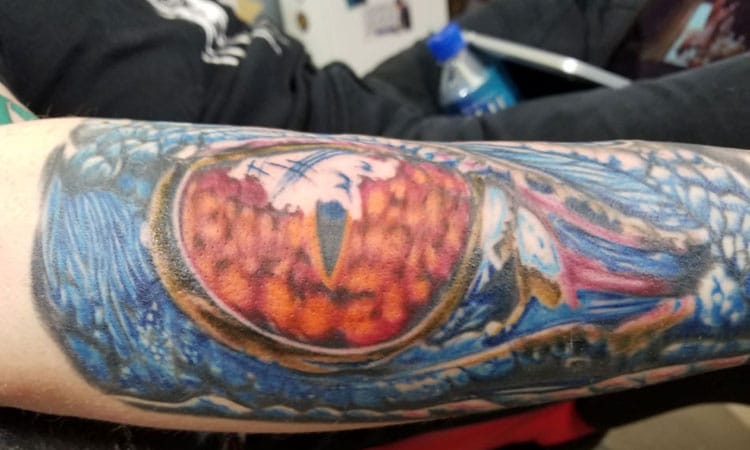
Stage Four – Continued Aftercare
Stage four for some is the maintenance part of having tattoos, but you can look at it as the immediate aftercare period. This means that after your full month of helping out the healing process, you should still take extra time to care for your new ink.
You can continue to use moisturizer on your tattoo at least once a day, as there’s nothing worse than having dry skin on a tattoo. Your sun exposure could also be gradual. This means that using sunscreen when going out with your tattoo under direct sunlight is not a bad idea.
Although the risk of getting an infection is essentially over, taking care of the tattoo itself is never over. The ink begins degrading and losing its brightness from the moment it is introduced into your body. That’s why if you want to wear your cool tattoos proudly for years to come, you have to be careful about where you go, how you protect them, and what products you spend money on.
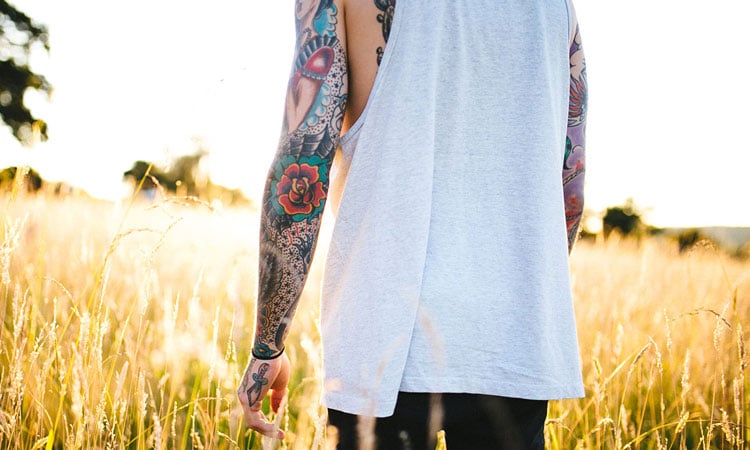
Best Lotions For Tattoos
If you’re looking for the best lotions and ointments for tattoos, here’s a list of top-rated healing and aftercare products to help your tattoo heal faster and better. You’ll notice that all these creams and moisturizers avoid bad ingredients, such as alcohol or petroleum, and are made with only quality, all-natural ingredients.
Hustle Butter Deluxe
Whenever you see the term deluxe slapped on a product, your first instinct is to think about the price. Hustle Butter Deluxe may have a fancy name but it is by no means out of the average tattoo enthusiast’s price range. In fact, it is quite the affordable aftercare product considering the numerous benefits of its all-natural recipe.
The Hustle Butter Deluxe can be purchased at any time before, during, or after the healing process is over. This product can help smoothen the skin and make it easier to ink. Using it before getting tattooed also helps the absorption rate of the ink.
It’s most popular usage is during the first three stages of the tattoo healing process. Because it is a natural moisturizer, it helps prevent dryness and softens the crust that forms around the end of week one.
The fact that this is free of petroleum by-products means that there’s less chance of it causing faded colors or blurred areas. As petroleum-based products can sometimes irritate the exposed skin, a product like Hustle Butter Deluxe would be a better choice for reducing swelling as well as the redness around the scars.
Some of the ingredients used:
- Mango butter
- Aloe butter
- Papaya extract
- Natural oils
- Vitamin E complex
- Shea butter
Tattoo Goo
If the Hustler Butter Deluxe is the all-around tattoo care product, Tattoo Goo is more of a one-trick pony. Tattoo Goo speeds up the healing process which means you’ll definitely want to take a look at it if you’re planning on getting some fresh ink done. Plus, you can always consider alternating and using both Tattoo Goo and Hustler Butter Deluxe to maximize recovery and decrease healing time.
Also a natural product, Tattoo Goo is free of petroleum, mineral oil, and lanolin. It isn’t disruptive to the natural development of your tattoo and will actually enhance the healing and recovery process. It helps the skin to stay smoother by moisturizing it and it also has a soothing effect that comes in handy after the first week.
While it’s not technically a numbing agent, Tattoo Goo still helps alleviate some of the itchiness that comes with the formation of the crust. Although Tattoo Goo comes with a strong odor due to its unique combination of oils and natural extracts, it won’t influence your tattoo’s color. It is non-staining and unlike most petroleum-based products, the odor doesn’t signal staining agents or irritating substances.
Some of the ingredients used:
- Olive oil
- Beeswax
- Vitamin E
- Lavender oil
- Rosemary extract
- Cocoa butter
Ora’s Amazing Herbal Tattoo Salve
Ora’s Amazing Herbal Tattoo Salve is another affordable and highly efficient natural moisturizer that favors the tattoo healing process as well as the conditioning that comes afterwards. Ora’s Amazing Herbal Tattoo Salve can be used even on other itchy parts of your body or on small bruises, just so long as you remember it’s not actual medicine and you shouldn’t substitute it with Ora’s in health-threatening situations.
So, why is this product endorsed by so many tattoo artists? Could it be the cheeky “mom” tattoo that’s printed on the label or is it just the blend of oils and extracts? To be fair, it’s probably both as the advertising tagline “Slow Infused with Herbs and Love” certainly grabs your attention.
Along with that Mom and Pop product vibe it gives off, there are actual benefits that make Ora’s Amazing Herbal Tattoo Salve a good choice. It moisturizes the skin with a faster absorption rate than most petroleum-based products. This makes it’s easier to rub in as you don’t have to work as hard and risk damaging your tattoo.
With no coloring agents in its recipe there’s no chance that using this salve more than you have to will affect the ink’s color or brightness. The scent is also pleasant and the effect it has on itchy spots or painful regions is really what gives it the edge. You’ll hardly feel the urge to rip off those scabs.
Some of the ingredients used:
- Grapeseed oil
- Vitamin E
- Rosemary oil
- Beeswax
- Coconut oil
- Thuja oil
- Tea tree oil
Tattoo Salve, Tattoo Aftercare, Tattoo Balm, Tattoo Healing Ointment, Tattoo Cream, Tattoo Moisturizer, Made in The USA with Organic Ingredients, Plastic Free Tattoo Care, Ora’s Amazing Herbal
- Ora’s trusted tattoo aftercare and itch relief…
- A salve is a natural ointment that is infused with…
- Herbal Infused, Synthetic Free, Small batch. Ora’s…
- No lanolin, aloe, parabens, petroleum, mineral…
Tattoo Healing Process and Stages
Whichever tattoo lotion and ointment you end up using, as long as it’s a natural one and your tattoo artist has heard of it, it’s probably not bad. Any one of the three previously mentioned aftercare products will help take some pressure off you during the healing process. They will be especially helpful during the second stage when the itching can become unbearable for some people. And, no matter how quickly your tattoo heals, don’t forget to constantly care for it if you want to keep it vibrant and detailed.
Did you like this article?
Share it on any of the following social media channels below to give us your vote. Your feedback helps us improve.
Other related Tattoos Design ideas you might enjoy
